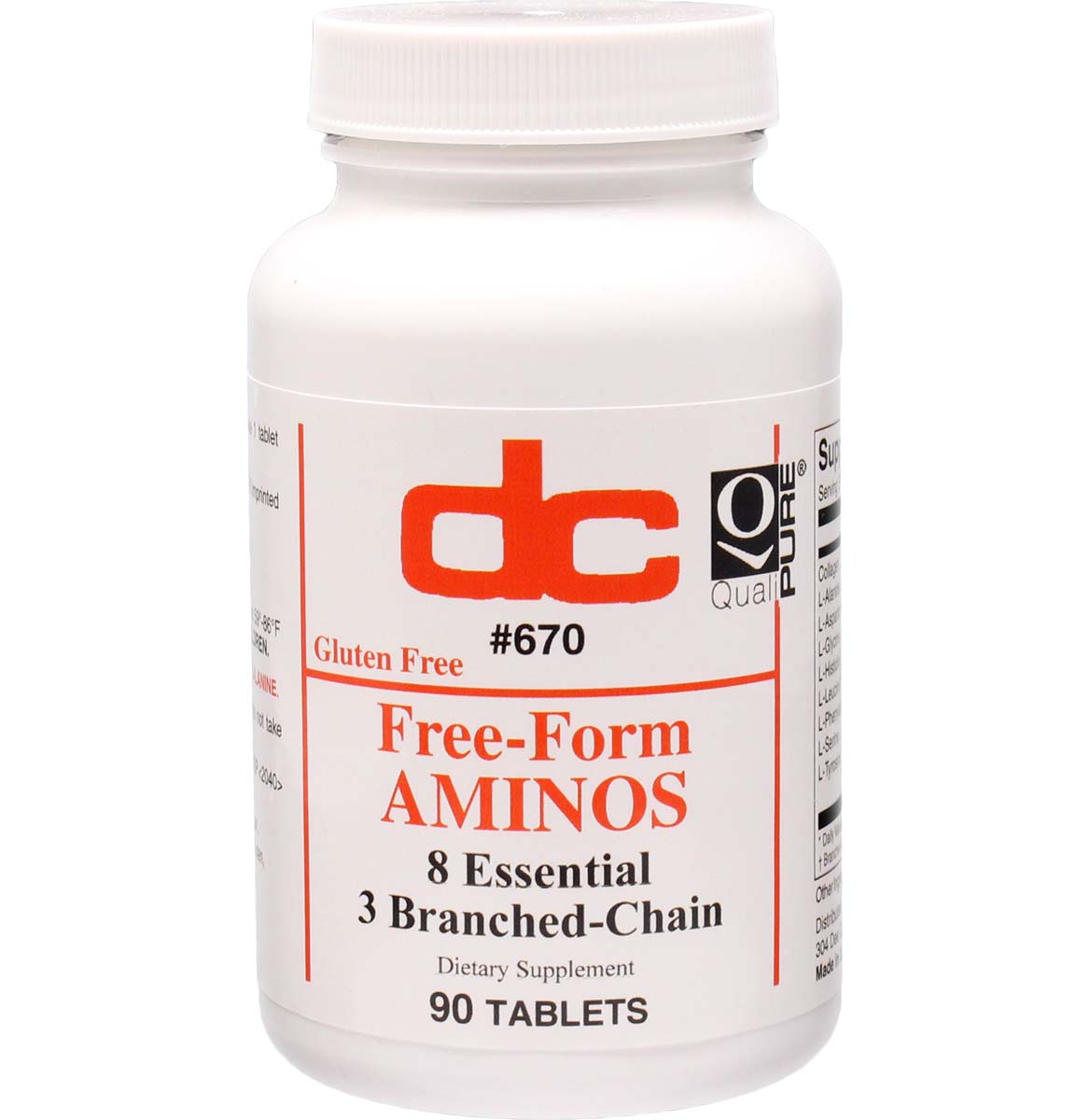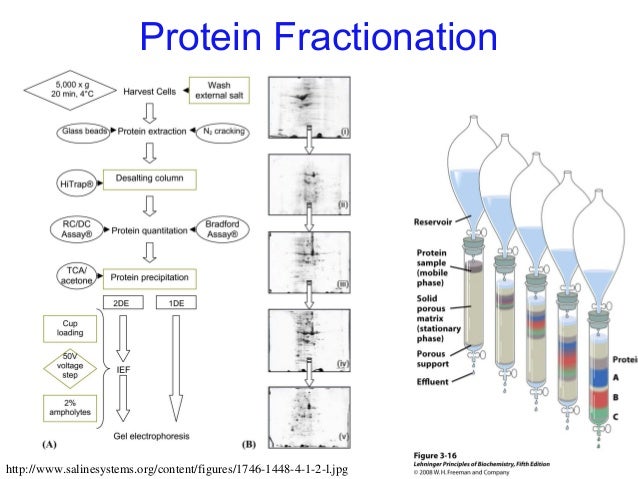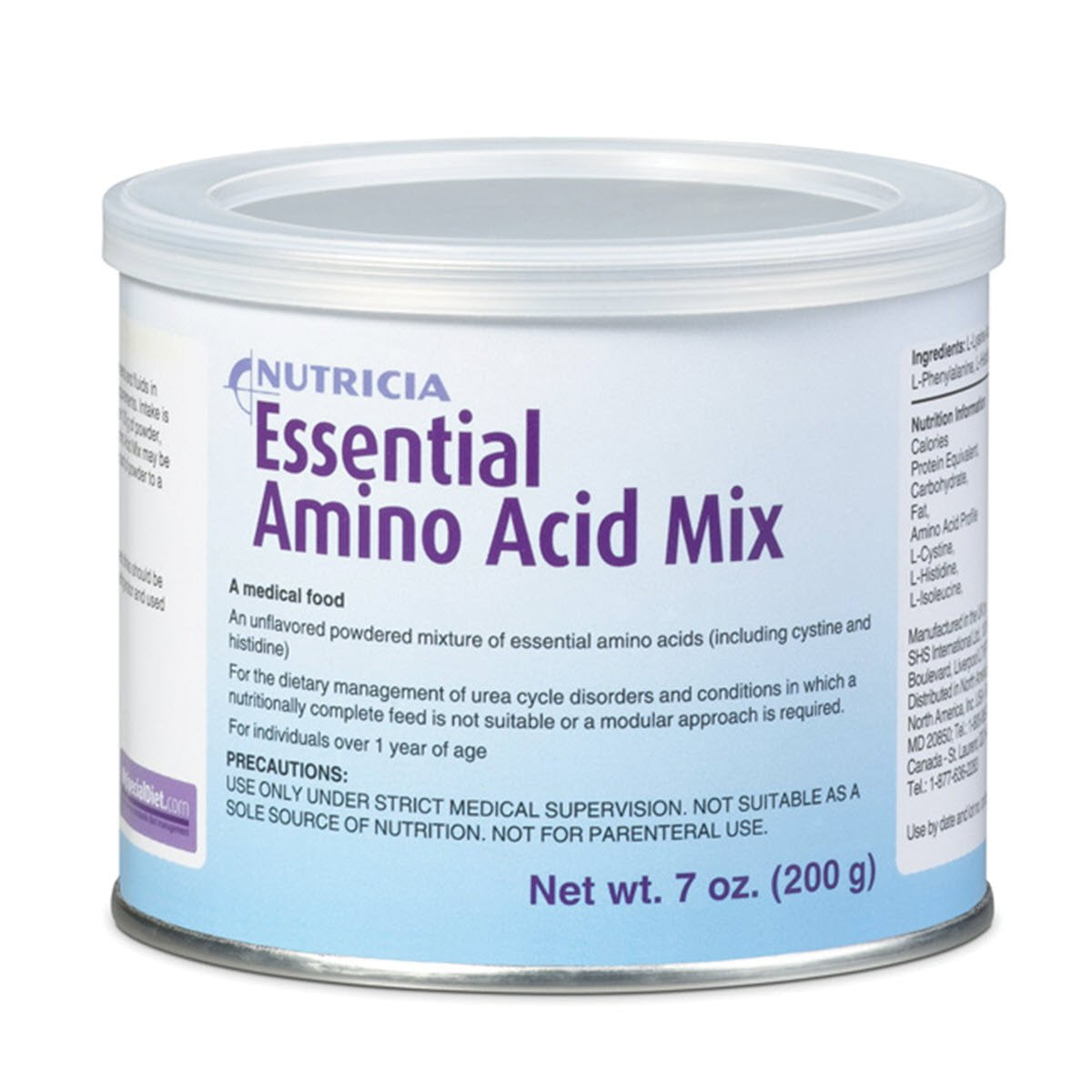
- #Amino scid how to#
- #Amino scid free#
The chemical structures of Group II amino acids are:

However, most have at least one atom ( nitrogen, oxygen, or sulfur) with electron pairs available for hydrogen bonding to water and other molecules. The side chains in this group possess a spectrum of functional groups. Group II amino acids are serine, cysteine, threonine, tyrosine, asparagine, and glutamine. Tryptophan contains an indole ring attached to the alanyl side chain. Methionine also provides methyl groups for metabolism. Methionine plays a central role in protein biosynthesis ( translation) as it is almost always the initiating amino acid. Methionine is one of the two amino acids that possess a sulfur atom. (Strictly speaking, this means that proline is not an amino acid but rather an α-imino acid.) Phenylalanine, as the name implies, consists of a phenyl group attached to alanine. Instead, its side chain forms a cyclic structure as the nitrogen atom of proline is linked to two carbon atoms.
#Amino scid free#
Proline is unique among the standard amino acids in that it does not have both free α-amino and free α-carboxyl groups. Isoleucine is an isomer of leucine, and it contains two chiral carbon atoms. The chemical structures of Group I amino acids are: In aqueous solutions, globular proteins will fold into a three-dimensional shape to bury these hydrophobic side chains in the protein interior. This makes them hydrophobic (“water fearing”).

The R groups of these amino acids have either aliphatic or aromatic groups. Group I amino acids are glycine, alanine, valine, leucine, isoleucine, proline, phenylalanine, methionine, and tryptophan. One of the most useful manners by which to classify the standard (or common) amino acids is based on the polarity (that is, the distribution of electric charge) of the R group (e.g., side chain).
SpaceNext50 Britannica presents SpaceNext50, From the race to the Moon to space stewardship, we explore a wide range of subjects that feed our curiosity about space!. Learn about the major environmental problems facing our planet and what can be done about them! Saving Earth Britannica Presents Earth’s To-Do List for the 21st Century. Britannica Beyond We’ve created a new place where questions are at the center of learning. 100 Women Britannica celebrates the centennial of the Nineteenth Amendment, highlighting suffragists and history-making politicians. #Amino scid how to#
COVID-19 Portal While this global health crisis continues to evolve, it can be useful to look to past pandemics to better understand how to respond today. Student Portal Britannica is the ultimate student resource for key school subjects like history, government, literature, and more. Demystified Videos In Demystified, Britannica has all the answers to your burning questions.  This Time in History In these videos, find out what happened this month (or any month!) in history. #WTFact Videos In #WTFact Britannica shares some of the most bizarre facts we can find. Britannica Classics Check out these retro videos from Encyclopedia Britannica’s archives. Britannica Explains In these videos, Britannica explains a variety of topics and answers frequently asked questions. The results of this study demonstrate enhanced immunogenicity of the shared TP53-Y220C (L2) neoantigen, which has the potential as dendritic cells or peptide vaccines for multiple cancers. More importantly, in vivo assays demonstrated greater inhibition of hepatocellular carcinoma cell proliferation by TP53-Y220C (L2) neoantigen-specific CTLs relative to TP53-Y220C neoantigen in zebrafish and nonobese diabetic/severe combined immune deficiency mouse models. In vitro assays showed the cytotoxicity of CTLs stimulated by both TP53-Y220C and TP53-Y220C (L2) neoantigens against multiple HLA-A0201-positive cancer cells expressing TP53-Y220C neoantigens however, the TP53-Y220C (L2) neoantigen showed higher cytotoxicity than the TP53-Y220C neoantigen against cancer cells. This altered neoantigen was found to increase affinity and stability and induce more cytotoxic T lymphocytes (CTLs), indicating improvements in immunogenicity. We substituted the amino acid sequences VVPCEPPEV with VLPCEPPEV in the TP53-Y220C neoantigen to yield a TP53-Y220C (L2) neoantigen. In this study, we detected widespread expression of shared TP53-Y220C neoantigen in hepatocellular carcinoma with low affinity and low stability of binding to HLA-A0201 molecules. However, the mutated gene-encoded protein may serve as a tumor antigen to elicit tumor-specific immune responses.
This Time in History In these videos, find out what happened this month (or any month!) in history. #WTFact Videos In #WTFact Britannica shares some of the most bizarre facts we can find. Britannica Classics Check out these retro videos from Encyclopedia Britannica’s archives. Britannica Explains In these videos, Britannica explains a variety of topics and answers frequently asked questions. The results of this study demonstrate enhanced immunogenicity of the shared TP53-Y220C (L2) neoantigen, which has the potential as dendritic cells or peptide vaccines for multiple cancers. More importantly, in vivo assays demonstrated greater inhibition of hepatocellular carcinoma cell proliferation by TP53-Y220C (L2) neoantigen-specific CTLs relative to TP53-Y220C neoantigen in zebrafish and nonobese diabetic/severe combined immune deficiency mouse models. In vitro assays showed the cytotoxicity of CTLs stimulated by both TP53-Y220C and TP53-Y220C (L2) neoantigens against multiple HLA-A0201-positive cancer cells expressing TP53-Y220C neoantigens however, the TP53-Y220C (L2) neoantigen showed higher cytotoxicity than the TP53-Y220C neoantigen against cancer cells. This altered neoantigen was found to increase affinity and stability and induce more cytotoxic T lymphocytes (CTLs), indicating improvements in immunogenicity. We substituted the amino acid sequences VVPCEPPEV with VLPCEPPEV in the TP53-Y220C neoantigen to yield a TP53-Y220C (L2) neoantigen. In this study, we detected widespread expression of shared TP53-Y220C neoantigen in hepatocellular carcinoma with low affinity and low stability of binding to HLA-A0201 molecules. However, the mutated gene-encoded protein may serve as a tumor antigen to elicit tumor-specific immune responses. 
High-frequency mutation of the TP53 tumor suppressor gene is observed in multiple human cancers, which promotes cancer progression.








 0 kommentar(er)
0 kommentar(er)
